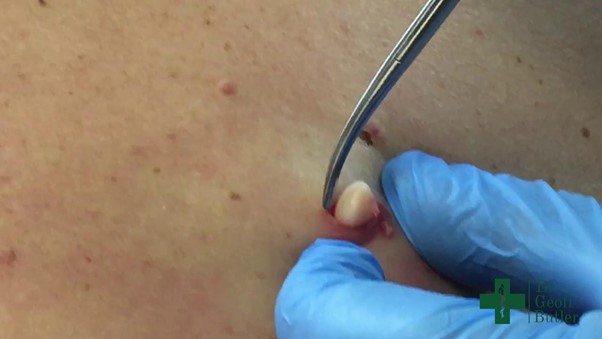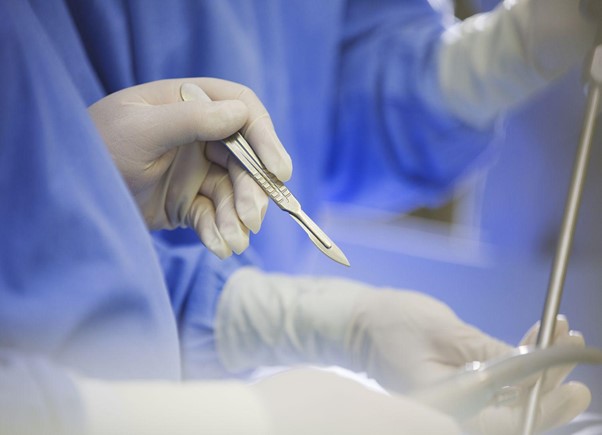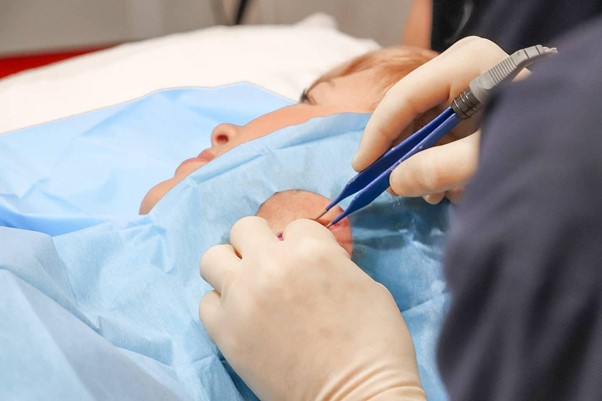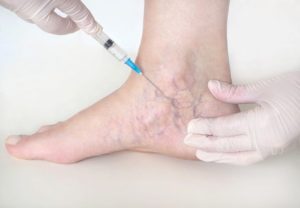
Skin Cyst Removal Surgery: Everything You Need To Know
A cyst is a sac-like structure filled with fluid or solid material. It can develop anywhere in the body and vary in size, appearance, and shape. They can be painful or cause other symptoms such as swelling, redness, itching, etc.
What Causes Cysts?
The formation of cysts can be attributed to various factors. These include genetics, infection, trauma, and underlying medical conditions. It is important to note that in certain instances, cysts may develop without a discernible cause.
Treatment of Cysts
The treatment approach for a cyst is determined by its size, location, and underlying cause. Surgical removal or medication may be considered to alleviate discomfort and reduce the size of the cyst. Depending on the specific type and severity of symptoms, additional options like aspiration (draining with a needle) or injection of a steroid medication may be suggested. Alternatively, if the cyst remains asymptomatic and poses no complications, a watchful waiting approach can be adopted until it resolves naturally. You may leave it alone until it resolves on its own.
Skin Cyst Removal Surgery
If a cyst does not go away on its own or if it grows in size or becomes uncomfortable, your doctor may recommend surgery to remove it. Cyst removal surgery is an outpatient procedure designed to diagnose, treat and/or prevent further complications due to a cyst.
Types of Cyst Removal Surgeries
The exact procedures used during a cyst removal surgery will depend on the type and location of the cyst. Generally, however, it may involve one or more of the following:

Excision
This is the most common type of cyst removal surgery. An incision is made into the skin to remove the entire cyst and its surrounding tissues. Once the cyst has been removed, stitches may be required to close the wound.
Incision and drainage
This procedure involves making a small cut in the skin over the cyst, draining its contents, then cauterizing or removing the sac.
Sclerotherapy
This procedure involves injecting a chemical into the cyst to reduce its size and promote healing.
Laser surgery
This procedure uses laser energy to remove the cyst and surrounding tissue without making an incision.
Recovery and Aftercare Guidelines Following a Cyst Removal Surgery
Following a cyst removal surgery you can expect some swelling, redness, bruising, and/or discomfort around the area of the incision.
You should take pain relief medication as prescribed by your doctor. It is also important to keep the area clean and dry to reduce the risk of infection. You should avoid strenuous activities and contact sports until your doctor gives you the all-clear.
What to Expect with a Cyst Removal Surgery
A cyst removal surgery can often be performed on an outpatient basis, meaning that it does not require an overnight stay in the hospital or general anesthesia.

Depending on the type and location of your cyst, it may take anywhere from 20 minutes to an hour to complete.
After the procedure, you should expect some pain and discomfort around the area of the incision as well as bruising and swelling. You may be prescribed medication or advised to keep a bandage over the wound until it has healed.
FAQs about Cysts and their Treatment
Cysts can be caused by a variety of things including infections, genetics, trauma, or damage to tissues. In some cases, there is no known cause.
The most common treatment for cysts is surgical removal, although in some cases other treatments may be recommended such as drainage, sclerotherapy, or laser surgery.

As with any surgical procedure, there are always risks involved. These can include infection, bleeding, scarring, and pain. Your doctor will be able to discuss these risks with you in more detail prior to your surgery.
During the recovery process, it is important to keep the area clean and dry, avoid strenuous activities, take prescribed medication and follow all aftercare provided by your doctor.
You should also expect some swelling, bruising redness, and/or discomfort around the area of the incision. With proper care and rest, these side effects should subside within a few weeks.
Depending on the size and location of the cyst, it can take anywhere from a few weeks to several months for the wound to heal completely. It is important to follow your doctor’s instructions during this time to promote healing and reduce the risk of infection.
Conclusion
In conclusion, cysts can be an uncomfortable nuisance that requires treatment. The most common treatment is the surgical removal of the cyst. It is important to discuss your options with your doctor, understand the risks associated with the procedure, and follow all aftercare instructions to ensure a successful recovery.
It is important to remember that cysts can be caused by a variety of things and should always be discussed with a healthcare professional prior to a course of action. With the right care and attention, it is possible to manage your cyst and enjoy relief from its symptoms. Visit Cyst Removal Singapore today to learn more.